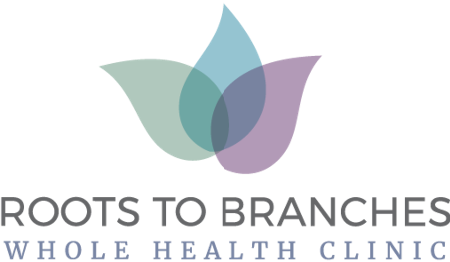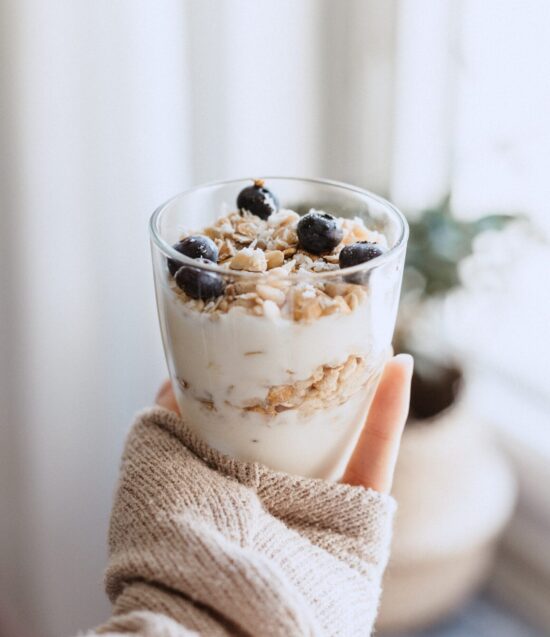Endometriosis is a gynecological disorder that involves having uterine-like tissue grow outside of the uterus.
Symptoms of Endometriosis
Symptoms of endometriosis can include, but are not limited to:
- cyclic pelvic pain,
- chronic pelvic pain,
- painful vaginal intercourse,
- painful urination,
- painful bowel movements,
- infertility,
- fatigue,
- heavy menstrual bleeding,
- bleeding between cycles
It also seems that those with endometriosis experience higher rates of co-existing health issues, such as gastrointestinal disorders (IBS, IBD), auto-immunity (rheumatoid arthritis, psoriasis), and cardiovascular disease (such as high cholesterol and high blood pressure), compared to those who do not have endometriosis (Sims 2021).
The Impacts of Endometriosis on your Daily Function
It is no wonder endometriosis causes significant disruption to quality of life, ending up with an average of 10-20 missed work days per year for those affected (Sims 2021)
Diagnosing Endometriosis
Despite up to 10% of reproductive-aged women being affected and anywhere between 9-68% of women who experience infertility, the diagnosis of endometriosis can be delayed or missed on average, for 6-11 years. It often goes undetected until a couple is trying to conceive and experiences infertility
A diagnosis of endometriosis can be tricky because of it’s ability to involve multiple body systems. Accurate diagnosis of endometriosis begins with listening to a women’s health history and avoiding normalizing period pain.
At this time, the gold standard for diagnosing endometriosis is through a laparoscopic inspection and biopsy to confirm the presence of endometriosis.
7 Dietary Strategies to Improve Your Experience with Endometriosis
Keep reading to highlight dietary factors that have been linked to increasing risk of endometriosis and things you can do to help manage your symptoms.
Three important things to note prior:
- Even though we see some trends with dietary factors that can increase risk of endometriosis, know that you did NOT cause your endometriosis with your lifestyle.
- Dietary changes are meant to help manage and improve your experience with endometriosis, not cure it. Endometriosis is a complex chronic health issue and realistic expectations of treatment plans are important.
- Making dietary changes as part of your endometriosis plan can help folks feel a greater sense of control, more in tune with their body, and improve energy and pain levels (Vennberg Karlsson, 2020).
Get Started Today:
- Dairy does not increase your risk of endometriosis and including 1-2 servings of low-fat dairy sources into your diet can actually reduce your risk. The exception to this rule is butter which has been shown to increase the risk of endometriosis (Qi, 2021).
- Reduce, or better yet eliminate, red meat consumption to less than 1x/week. The association between red meat and endometriosis is one of the greatest associations we have in the literature (Yamamoto, 2018).
- Load up on fruits and vegetables. A diet high in fruits and vegetables has been shown to help lower inflammation and reduce pelvic pain. Aim for 8-10 servings per day and try to get as much variety as you can to get a broader source of nutrients and antioxidants (Parazzini 2018, Afrin 2021)
- Soy doesn’t increase risk of endometriosis and therefore could be a good protein option as you reduce red meat intake, along with other lean protein sources such as fish and seafood, chicken, low-fat dairy, and plant proteins such as beans and legumes, etc (Helbig, 2021).
- There is a correlation between alcohol intake and the chance of endometriosis, therefore reducing or eliminating alcohol could be a worthwhile intervention to see if there is any improvement in your endometriosis symptoms (Parazzini, 2018).
- Reduce or avoid trans fats in the diet to help reduce risk and menstrual pain. You can monitor trans fat intake by viewing labels on any packaged food.
- Reduce exposure of environmental dioxins. The greatest sources typically come from plastics and dietary saturated fat (due to bioaccumulation). Certain people seem to be more sensitive to dioxin levels, but beginning to reduce plastic exposure and opting for low-saturated fat dietary choices are a good start (Giampaolino 2020).
Interested in an integrative approach to your endometriosis treatment? Here are a few ways to get started:
- Work with one of our Naturopathic Doctors for dietary, lifestyle, herb, supplement, and/or acupuncture strategies to support your menstrual health. Book your initial women’s health focused appointment here.
- Work with Marika deWinter, Physiotherapist with additional pelvic floor training to assess and help treat your pelvic pain. Book your pelvic floor physiotherapy initial appointment here.
Intrigued but not quite ready?
- Read our blog: Stop Normalizing Period Pain here
- Download our free guide: Top 5 Ways to Increase Your Wild Feminine Energy here
References:
Afrin, S., AlAshqar, A., El Sabeh, M., Miyashita-Ishiwata, M., Reschke, L., Brennan, J. T., Fader, A., & Borahay, M. A. (2021). Diet and Nutrition in Gynecological Disorders: A Focus on Clinical Studies. Nutrients, 13(6), 1747. https://doi.org/10.3390/nu13061747
Giampaolino, P., Della Corte, L., Foreste, V., Barra, F., Ferrero, S., & Bifulco, G. (2020). Dioxin and endometriosis: A new possible relation based on epigenetic theory. Gynecological Endocrinology: The Official Journal of the International Society of Gynecological Endocrinology, 36(4), 279–284. https://doi.org/10.1080/09513590.2019.1698024
Helbig, M., Vesper, A.-S., Beyer, I., & Fehm, T. (2021). Does Nutrition Affect Endometriosis? Geburtshilfe Und Frauenheilkunde, 81(2), 191–199. https://doi.org/10.1055/a-1207-0557
Parazzini, F., Chiaffarino, F., Surace, M., Chatenoud, L., Cipriani, S., Chiantera, V., Benzi, G., & Fedele, L. (2004). Selected food intake and risk of endometriosis. Human Reproduction (Oxford, England), 19(8), 1755–1759. https://doi.org/10.1093/humrep/deh395
Qi, X., Zhang, W., Ge, M., Sun, Q., Peng, L., Cheng, W., & Li, X. (2021). Relationship Between Dairy Products Intake and Risk of Endometriosis: A Systematic Review and Dose-Response Meta-Analysis. Frontiers in Nutrition, 8, 701860. https://doi.org/10.3389/fnut.2021.701860
Sims, O. T., Gupta, J., Missmer, S. A., & Aninye, I. O. (2021). Stigma and Endometriosis: A Brief Overview and Recommendations to Improve Psychosocial Well-Being and Diagnostic Delay. International Journal of Environmental Research and Public Health, 18(15), 8210. https://doi.org/10.3390/ijerph18158210
Vennberg Karlsson, J., Patel, H., & Premberg, A. (2020). Experiences of health after dietary changes in endometriosis: A qualitative interview study. BMJ Open, 10(2), e032321. https://doi.org/10.1136/bmjopen2019-032321
Yamamoto, A., Harris, H. R., Vitonis, A. F., Chavarro, J. E., & Missmer, S. A. (2018). A prospective cohort study of meat and fish consumption and endometriosis risk. American Journal of Obstetrics and Gynecology, 219(2), 178.e1-178.e10. https://doi.org/10.1016/j.ajog.2018.05.034

